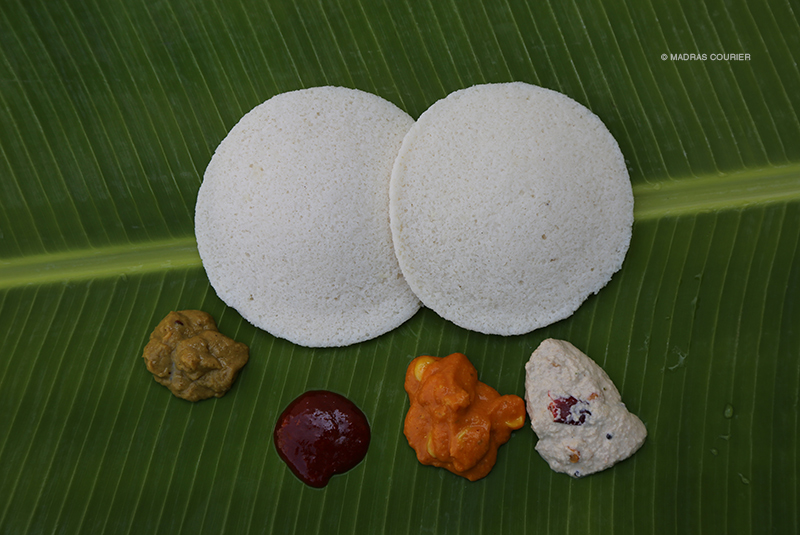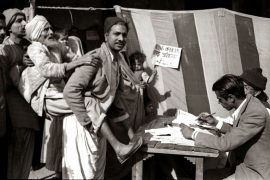Two breakfast items can claim quintessential status in the South Indian breakfast palette. One is the Dosa, whose history dates back to the first century A.D., and is mentioned in the ancient Sangam literature.
The other, the Idli, is relatively recent – estimated to have been introduced around the tenth century A.D. But unlike the dosa, the Idli’s roots in South India are hazy. The Sangam literature has no mention of it and the earliest text to mention it is the Kannada text ‘Vaddaradhane’ by Sivakotyacharya from 920 A.D., according to late food historian K.T. Achaya.
But the ‘Iddalige’ of the Kannadigas may not have originated in India. The Idli as we know it is a fermented dish, prepared by steaming a mixture of rice, lentils and fenugreek seeds. You can see the steamers at play in any South Indian restaurant – stainless steel contraptions that resemble multi-level car parks.
It’s ancient Indian bioengineering. For the slurry is left overnight to ferment, utilizing a range of bacteria to give the mix a leavened texture. The next step, steaming, makes the batter puff and rise up – becoming the delectable breakfast discs of so many breakfasts across the country.
Copyright©Madras Courier, All Rights Reserved. You may share using our article tools. Please don't cut articles from madrascourier.com and redistribute by email, post to the web, mobile phone or social media.Please send in your feed back and comments to [email protected]











